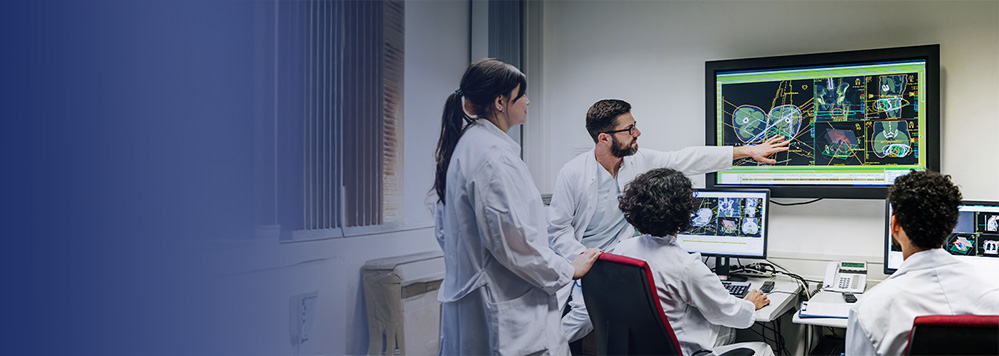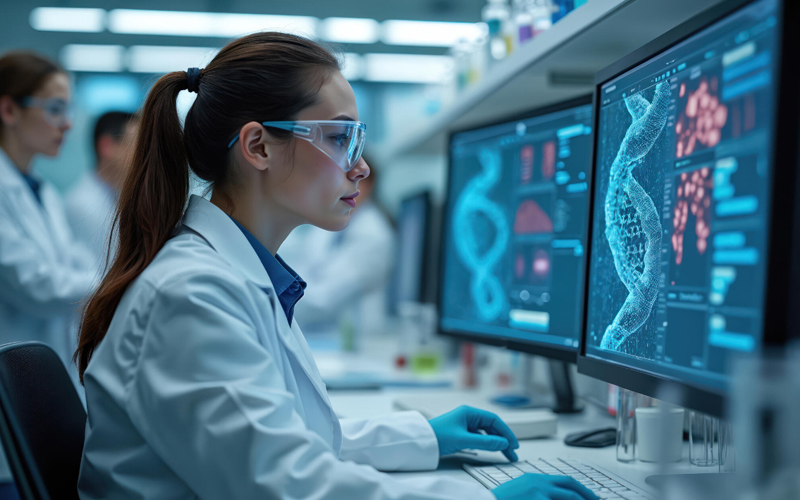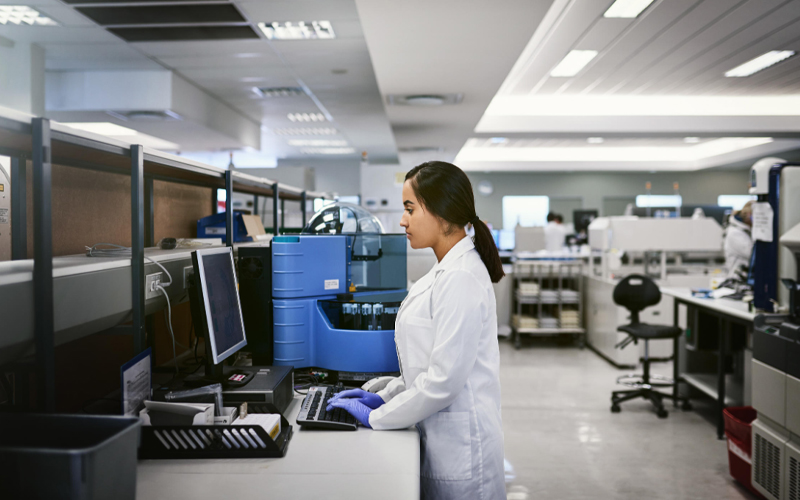As per World Health Organization (WHO) statistics, cardiovascular diseases (CVDs) rank among the leading causes of death globally, taking an estimated 17.9 million lives each year. CVDs are diseases that are related to the heart and blood vessels in an individual.
We all know that there has been a proliferation of technology in practically every sphere of life. So, how could healthcare delivery or, in particular, the area of cardiovascular care be left far behind? The capabilities of modern technology are constantly expanding what can be achieved in healthcare not just in hospitals or clinics but also through the remote monitoring of patients. So, what will the future of cardiology look like? What role will technology have in it? Let us see some ways in which technology is making a difference, for the better, in this field.
Use of AI-based decision support tools: Artificial intelligence-based decision support tools help in several areas of cardiological care – they help in improved diagnostic accuracy, risk prediction, and planning of treatment outcomes. This is done by detecting specific patterns in patient data. Natural language processing (NLP) techniques, Machine Learning (ML) algorithms and neural networks are among the AI technologies that are used in cardiology. A point to note is that the successful implementation and integration of AI into clinical practice requires extensive testing and validation to ensure safety and effectiveness.
Implantable devices and smart wearable technology
Wearable technology in cardiac care helps with the early detection of critical health issues and better management of chronic conditions. Even regularly used smartwatches and fitness trackers are most often equipped with heart rate sensors that continuously monitor the heart rate of a patient throughout the day.
The use of implantable devices such as pacemakers and cardioverter defibrillators has gained momentum over the years. Defibrillators can monitor patients’ heart rhythm and detect irregular heartbeats. They deliver electrical signals and controlled shocks to restore a normal heart rhythm when necessary.
Cardiac Resynchronization Therapy (CRT) is another advancement in medical technology that helps patients who have heart problems and have developed serious arrhythmia (irregular heart rhythms) issues. It involves implanting a pacemaker just below the collarbone just under the skin. The device sends electrical signals to the ventricles (the two lower chambers of the heart) of the heart to make them pump together the way they should.
Telehealth and remote monitoring
While initial naysayers for telehealth or telemedicine (the provision of healthcare support remotely) were many, the tide has now turned, and telehealth has been going from strength to strength. The use of telehealth in cardiovascular care received the fillip it needed during the COVID-19 pandemic when elderly patients needed to be protected from infections, and yet needed guidance from medical personnel for cardiological care. While there are certain concerns related to data security and confidentiality in remote cardiology, the benefits of telehealth in the field far outweigh the concerns.
Implanted heart devices in a patient ensure that a patient’s care continues beyond the four walls of a hospital. It enables doctors and hospitals to have information regarding the patient’s health at their fingertips through the data that they receive from the devices even when the patient is away from their physical presence. This remote monitoring helps doctors manage their patients’ heart condition without the need for patients to visit hospitals regularly, in turn improving their quality of life. The frequency of sharing of the patient’s health information can be scheduled by the hospitals on the heart devices.
In cardiology training
Not just in patient care, but technology has been making inroads even in training would-be doctors in cardiac care. Fellows-in-training (FITs) now need to be comfortable using technology and digital tools that assist with clinical practice, teaching, and training while undergoing training in procedural theatres, in-patient wards, or outpatient clinics. Virtual reality, augmented reality, and mixed reality (where elements from both physical and virtual spaces combine) technologies have also been making an impact in the training of FITs. Advances in FIT technology notwithstanding, it is vital that human analysis and assessment be used as the primary tools for diagnosis and the digital tools at the disposal of FITs must have more of a supportive function.
Early warning networks that are available with the help of wearable technologies and remote monitoring will help patients seek medical help and expertise before it is too late. It is heartening that technology is the catalyst that is ensuring that we are headed towards true digital transformation in cardiac care and improvement in heart health for all.







